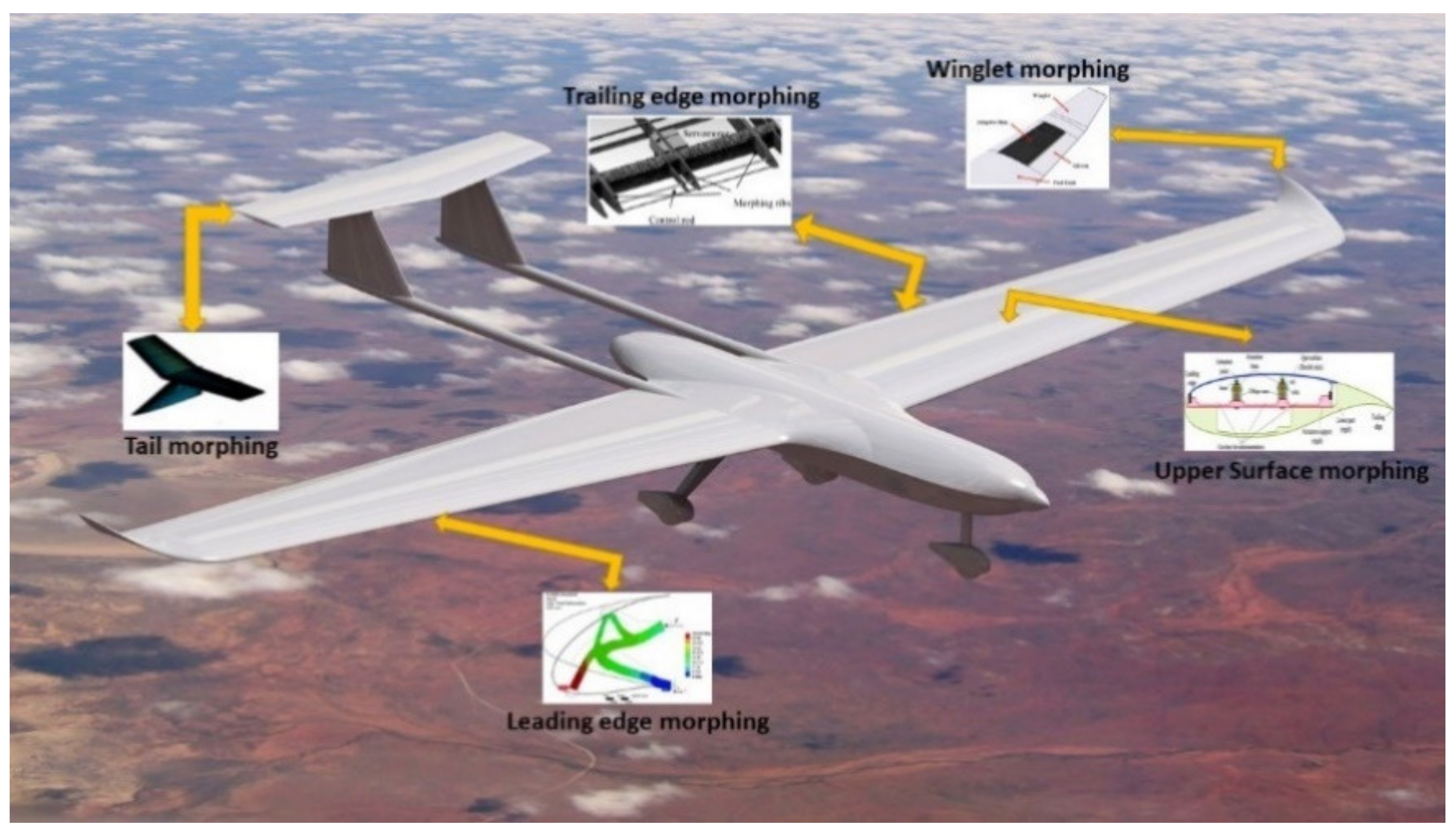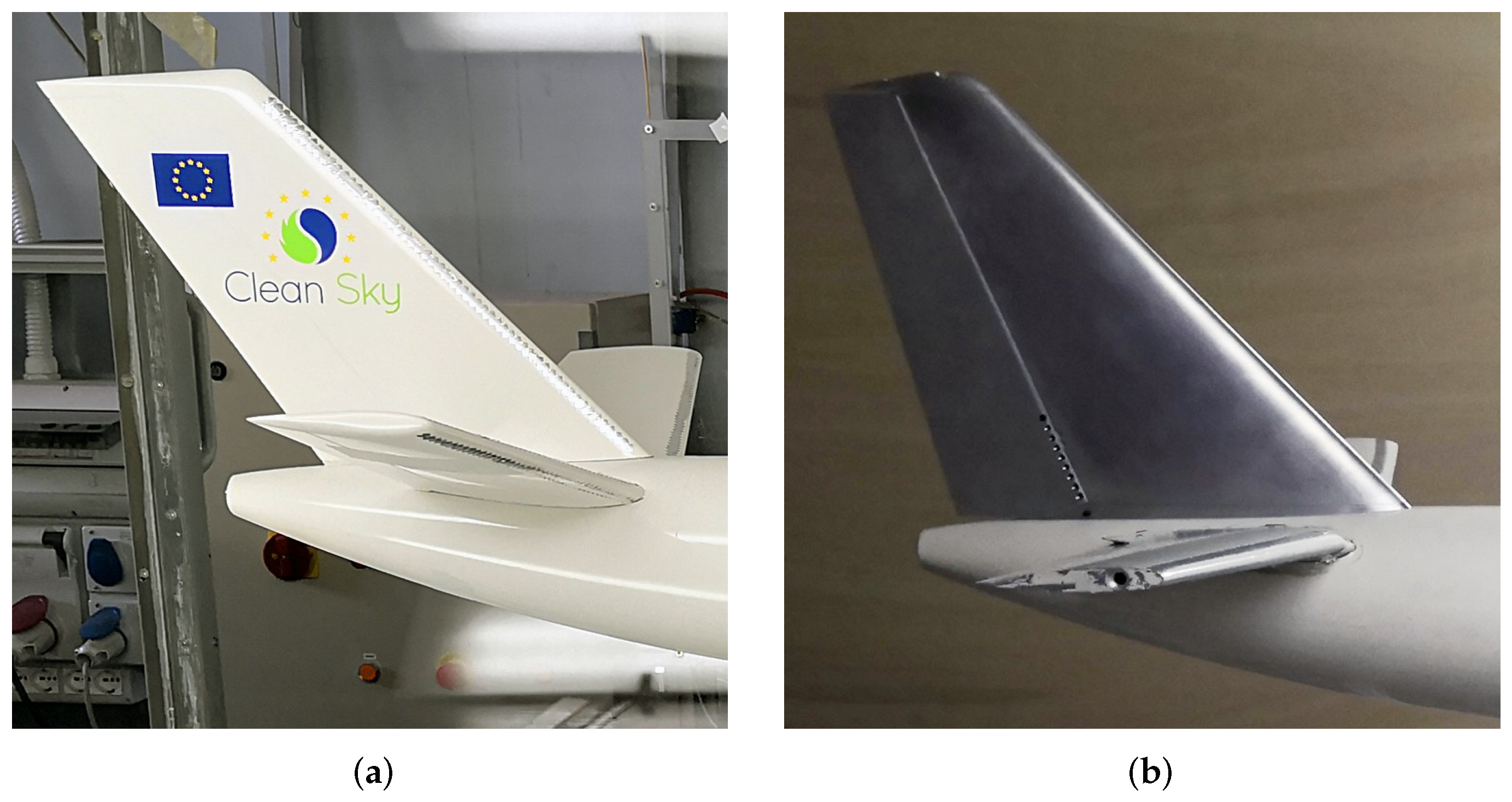Tail Design Aircraft - This article requires additional documentation for verification. Please help improve this article by adding reliable sources. Unnecessary devices can be sorted and deleted. Find sources: "Tailplane" - News · Magazines · Books · Books · Scholars · JSTOR (December 2007) (Learn how and how to remove this sample message)
A tail plane, also called a horizontal stabilizer, is located on the tail (empnage) behind the main lift on monoplanes and other non-winged aircraft such as helicopters and gyroplanes. All wingless birds have a tail. Canard aircraft, without a tail and flying without a separate tail, but in a V-tail aircraft the vertical stabilizer, rudder and tail-plane and the elevator are raised so that they are above two diagonals in a V shape.
Tail Design Aircraft

The function of the tail is to provide security and control. In particular, the tail helps to accommodate changes in speed or weight due to changes in speed and attitude, fuel consumption or dropping loads or loads.
Twin Elevator Tail Airplane Design 3d Model $10
A tail lift consists of a tail mounted on a horizontal track with a moving elevator. In addition to its programmatic nature, it is characterized by:
A wing with an aerofoil profile naturally contributes to the stability. This means that any obstacle that lifts the nose (eg) will generate a nose-up rotation that lifts the nose forward. With some turbulence, the leading edges of the tail provide space to recover the nose-down thrust bar, which can counteract the normal turbulence of the wing and stop the aircraft for a long time (as the air always shows the wind).
A stable plane can be turned when it is flown "hands on"; That means the flight controls are controlled by the aircraft's power but not the aircraft's input.
In addition to providing restoring force (which causes rolling motion) the tail fin provides damping. This is due to the relative wind that comes from the tail as the plane rotates around the center of gravity. For example, when the aircraft is in flight, but is closely aligned with the overall movement of the vehicle, the tail still has a relatively strong wind resistance.
The Rc L 1011's Iconic Tail Takes Shape
Depending on the aircraft's shape and flight style, its aircraft can produce positive lift or negative lift (downforce). It is sometimes assumed that there is always a net force in constant flight, but this is false.
In pioneer designs, such as the Bleriot XI, the center of gravity was between the neutral point and the tail, which also provided lift. However this system could be unstable and the designs had serious maintenance problems. The stable requirements were not defined until just before World War I - when the British Bristol Scout light biplane, designed for civilian use, had a tail lift in all its products during the years of World War I. , and the British Army from 1914–19.
Later examples of high-flying aircraft during World War I and the post-Civil War period include, over time, the Sopwith Camel, Charles Lindbergh's Spirit of St. Louis, Gee Bee Model R Racer - all planes have a good name. Easy to fly, and easy to fly, the Fleet Finch was a two-seater Canadian biplane with a trainer and a lower fuselage tail unlike the Bristol Scout. But with careful lifting the tail can be done well. An example is provided by the Bachem Ba 349 Natter VTOL rocket-powered aircraft, which had an elevating tail and was stable and controllable in flight.

Certain aircraft and flight styles may require extra power on the tail. It flies very slowly and has a high attack range (AoA). In some cases, the demands of this type of flight are so extreme that they cause the tail to stall. The suspension can be pulled by shock absorbers where air brakes are used on the Gloster Meteor T.7. On the McDonnell Douglas F-4 Phantom II this happened during the first take off and landing and the tail of the aircraft was fitted with front flaps to maintain air flow and reduce "lift" above the AoA. The Pilatus P-3 trainer required a vtral key to avoid such an impact, but the McDonnell Douglas T-45 Goshawk experienced severe collapse from the wing when the flaps were deployed, resulting in a small "SMURF" surface attached to the fuselage. It is connected to the stabilizer that guides the roots at a strong angle.
Ryanair Aircraft Tail Design\
This section does not specify any source. Please help improve this section by adding reliable sources. Unnecessary devices can be sorted and deleted. (March 2020) (Learn how and how to remove this sample message)
Using a computer to control the elevator allows the airplane to fly smoothly.
Aircraft such as the F-16 are manned by craft. The advantages are the significant reduction in drag caused by the tail and improved performance.
At transonic speeds, the aircraft can change back and forth in the speed range depending on the direction of motion and turbulence. This causes a nose-down thrusting moment called a mac tuck. A significant amount of force may be required to maintain balance, and this is often provided by using either the entire flight deck or the entire tail as a stabilator.
Design Process: Horizontal Tail
A typical airplane has some mechanism to allow the pilot to control the amount of lift the tail provides. This in turn gives the nose up or nose down surface of the aircraft, which is used to control the aircraft in the field.
Stabilator or All-Moving Tail: No lift is used in transonic flight from the front of the tail. The British developed a flying tail on the Miles M.52, but first achieved true transonic flight in the Bell X-1; The Bell Airplane Company included an upper elevator device that could change the angle of attack of the tail. This saved the program from building an expensive and time-consuming aircraft.
Transonic and supersonic aircraft now have all aircraft going against Mach tuck and maintaining control in flight at speeds above the critical Mach number. The configuration, commonly known as the stabilator, is often referred to as "flying-plane" or "all-flying". Members Learn More Save - Get more by becoming a pilot - Click here

The tail of the plane is one of the features. And while its performance can be reduced to simple considerations—pitch and yaw—the exact shape and location of elevator, angle, vertical stabilizer, and trim tabs is as much an art as it is a science based on necessity.
Design Process: Vertical Tail Planform
Think of the round top of a Beech Staggerwing or a Piper Cub. Think of the straight tail of a Cessna 150. Think of the tail of a dozen different airplanes, old and new. Imagine a moony tail as you move forward. Now consider V-tail and T-tail. Throw in Ercoup for fun.
At Zenith Aircraft, known for its short take-off and landing (STOL) design, the design is driven by the need for the aircraft to perform well when flying at low speeds and often under heavy attack. Although it appears that a slow-moving aircraft would need a very large tail to turn enough air, Zenith's designs seem small. However, according to Sebastian Heintz, president of Zenith Aircraft Co., "In our STOL designs and our CH 650 lower, the angle is the full tail section. The vertical tail of the 701/750/650 aircraft is almost the angle control and you actually have a little more area than other airplanes. With the appearance of a short tail there is a requirement for high control. By designing a flexible tail we increase the power of the rod to fly more smoothly and have better handling while reducing the weight of the tail and simplifying the design with fewer parts.
What determines the shape of the tail? His performance is objective. The glide ratio is another. His performance is objective. The glide ratio is another. Kevin Bruce, director of flight and quality at Diamond Aircraft, which owns only one Diamond T-tail, said, "We designed our aircraft to have good glide and aerodynamic properties, which contribute to the safety system. The product line of diamonds Starting with the HK36, this is a motor mount. Most of the mounts on the market have a T-tail because the T-tail adds to the overall smoothness of the plane. The T-tail is not a sliding plane or wing so there is less drag in this interaction.The T-tail design makes it easy to lift. It provides good pitch control and predictable flight characteristics. Then there is
Aircraft tail stand, aircraft tail number search, aircraft tail wheel, aircraft tail number tracker, aircraft tail light, aircraft tail, military aircraft tail number lookup, aircraft tail number, aircraft tail number database, aircraft tail markings, aircraft tail design, aircraft tail number lookup
0 Comments